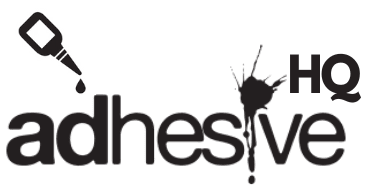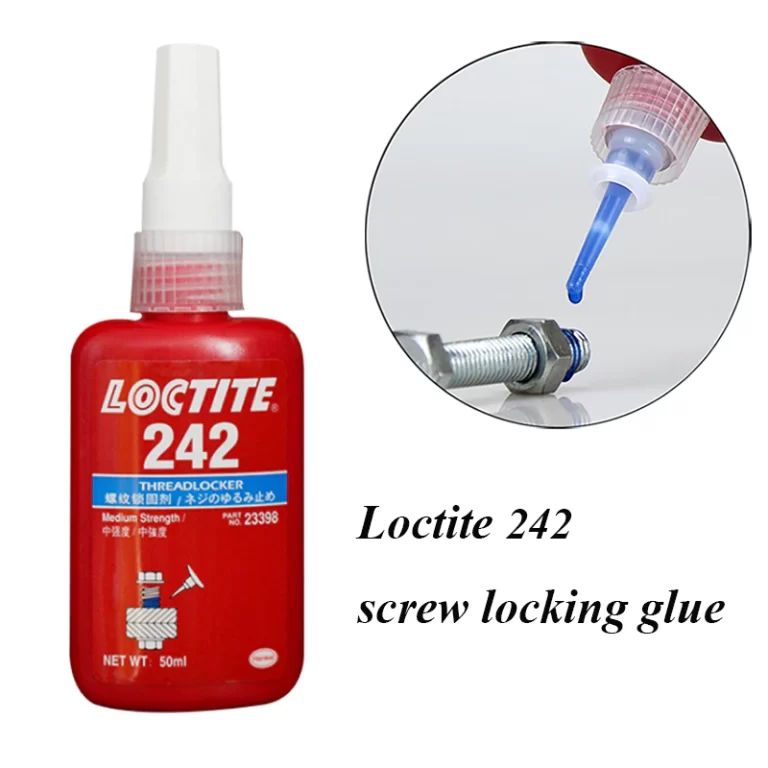Wood Glue vs White Glue
Wood glue and white glue are adhesives commonly used in woodworking and arts & crafts respectively.
Wood glue and white glue are two essential adhesives that can make all the difference in your projects. Wood glue, the stronger of the two, is the go-to for woodworkers and carpenters who want to join pieces of wood together. It’s made from PVA (polyvinyl acetate) and has been specially formulated to bond wood with precision and strength. With its fast-drying capabilities and clear finish, wood glue is perfect for any interior or exterior project, from furniture repairs to cabinetry building. And because it sands easily and is waterproof, it can handle the toughest conditions and still hold up.
On the other hand, white glue, often known as school glue or Elmer’s glue, is the quintessential crafting staple. Whether you’re a paper mache master or a scrapbooking enthusiast, white glue is the perfect tool for your projects. Made from PVA as well, it dries clear and has a more flexible finish, making it ideal for items that need to bend. It’s also non-toxic, making it safe for kids to use in their projects. Whether you’re a seasoned woodworker or just starting out in the world of crafting, wood glue and white glue are both must-haves for your toolkit.
Should we use White Glue or Clear Glue?
Applications of Wood Glue
Wood glue has several applications, including:
- Furniture making and repair: It’s commonly used to bond pieces of furniture such as chairs, tables, and cabinets.
- Woodworking: Used to join pieces of wood together to create items like cutting boards, wooden toys, and wooden frames.
- Cabinetry: Used in the construction and repair of cabinetry, such as kitchen cabinets, bookcases, and other wooden storage units.
- Flooring: Used to bond wooden floorboards together, especially in hardwood floor installations.
- Musical instruments: Used in the construction of musical instruments like guitars and violins.
- Exterior projects: Because it is waterproof, wood glue can be used for outdoor projects, such as deck building and garden furniture repairs.
- DIY projects: Used in a wide range of DIY projects, including picture frame making, birdhouses, and wooden signs.
Applications of White Glue
White glue, also known as PVA glue, has several applications, including:
- Arts & Crafts: White glue is commonly used in paper mache, scrapbooking, and other paper-based projects to bond paper, cardboard, foam board, and other materials.
- School projects: A staple in classrooms, white glue is used in a variety of school projects, such as posters, models, and paper crafts.
- Home décor: Used to attach decorative elements, such as lace, ribbon, and fabric, to home décor items like picture frames and candle holders.
- Bookbinding: Used to bind paper and cardboard in bookbinding projects.
- Costume and prop making: Ideal for use in theater and costume production, white glue is used to bond materials such as felt, foam, and fabric for costumes and props.
- Kid’s projects: Because it is non-toxic, white glue is safe for kids to use in their projects, making it a popular choice for school projects and craft activities.
- Repairs: White glue can be used for small repairs around the home, such as fixing ceramics and other decorative items.
What are the advantages of Wood Glue
Wood glue has several advantages, including:
- Strong bonding: Wood glue creates a strong bond between two pieces of wood, making it ideal for furniture making and repair, as well as other woodworking projects.
- Fast-drying: Wood glue dries quickly, allowing you to move on to the next step of your project sooner.
- Waterproof: Wood glue is waterproof, making it ideal for exterior projects and projects that will be exposed to moisture.
- Clear finish: Wood glue dries clear, allowing the natural beauty of the wood to show through.
- Easy sanding: Wood glue can be sanded easily, making it ideal for projects where a smooth surface is desired.
- Versatile: Wood glue can be used in a variety of projects, from furniture making to flooring, making it a staple in any woodworker’s toolkit.
- Safe: Wood glue is generally considered safe to use, with no hazardous fumes or harsh chemicals.
- Cost-effective: Wood glue is a cost-effective solution for bonding wood, and a little goes a long way, making it a budget-friendly option for projects large and small.
What are the advantages of White Glue?
White glue has several advantages, including:
- Versatile: White glue can be used on a wide range of materials, including paper, cardboard, foam board, and fabric, making it ideal for arts & crafts and other projects.
- Non-toxic: White glue is non-toxic, making it safe for kids to use and ideal for use in the home.
- Clear finish: White glue dries clear, allowing the natural beauty of the materials being bonded to show through.
- Flexible: White glue has a flexible finish, making it ideal for projects that need to bend, such as bookbinding and costume making.
- Quick drying: White glue dries quickly, allowing you to move on to the next step of your project sooner.
- Cost-effective: White glue is a cost-effective solution for bonding a wide range of materials, making it a budget-friendly option for projects large and small.
- Easy clean up: White glue cleans up easily with water, making it a hassle-free option for arts & crafts and other projects.
- Convenient: White glue comes in a variety of forms, including squeeze bottles and tubes, making it easy to use and store.
Pros and Cons of both Adhesive
Wood Glue Pros:
- Strong bonding
- Waterproof
- Clear finish
- Versatile
- Safe
Wood Glue Cons:
- Longer drying time
- Messy to work with
White Glue Pros:
- Versatile
- Non-toxic
- Quick drying
- Cost-effective
White Glue Cons:
- Not as strong as wood glue
- Can yellow over time.
Is wood glue stronger than white Glue?
Yes, wood glue is generally stronger than white glue. Wood glue creates a strong bond between two pieces of wood and is waterproof, making it ideal for heavy-duty projects, such as furniture making and repair, and woodworking projects. White glue, on the other hand, is versatile and can be used on a wide range of materials, including paper, cardboard, foam board, and fabric, but does not create as strong a bond as wood glue.
Conclusion
In conclusion, both wood glue and white glue have their own unique benefits and disadvantages. Wood glue is ideal for heavy-duty projects that require a strong bond, such as furniture making and repair, and woodworking projects. Its waterproof properties also make it ideal for exterior projects and projects that will be exposed to moisture. However, wood glue takes longer to dry and can be messy to work with.
White glue, on the other hand, is versatile and can be used on a wide range of materials, including paper, cardboard, foam board, and fabric, making it ideal for arts & crafts and other projects. It is non-toxic, quick-drying, and cost-effective, making it a popular choice for many projects. However, white glue does not create as strong a bond as wood glue and can yellow over time, which may affect the appearance of the project.
When deciding between wood glue and white glue, it is important to consider the type of project you will be working on and the materials you will be bonding. Each type of glue has its own unique benefits and disadvantages, and choosing the right one will help ensure a successful outcome for your project.

